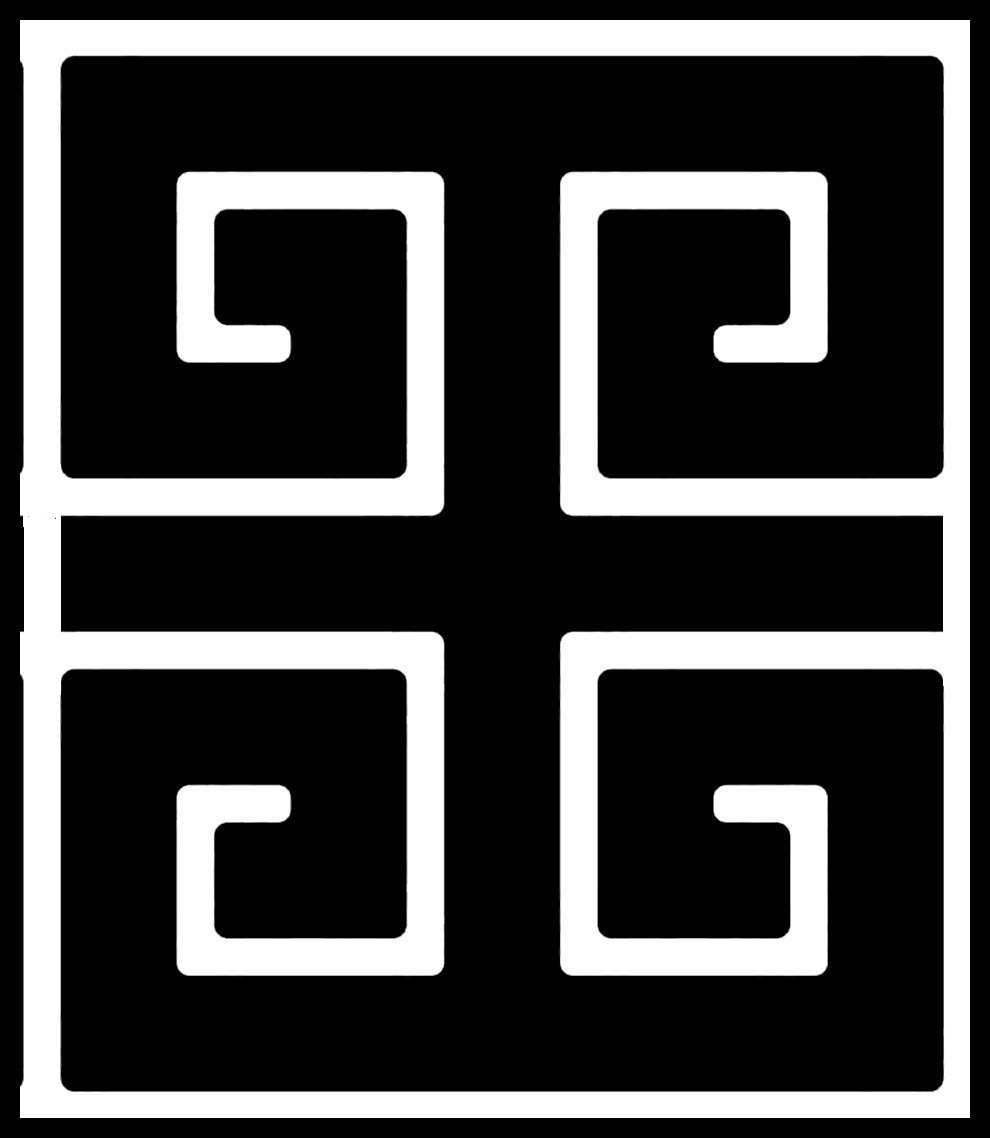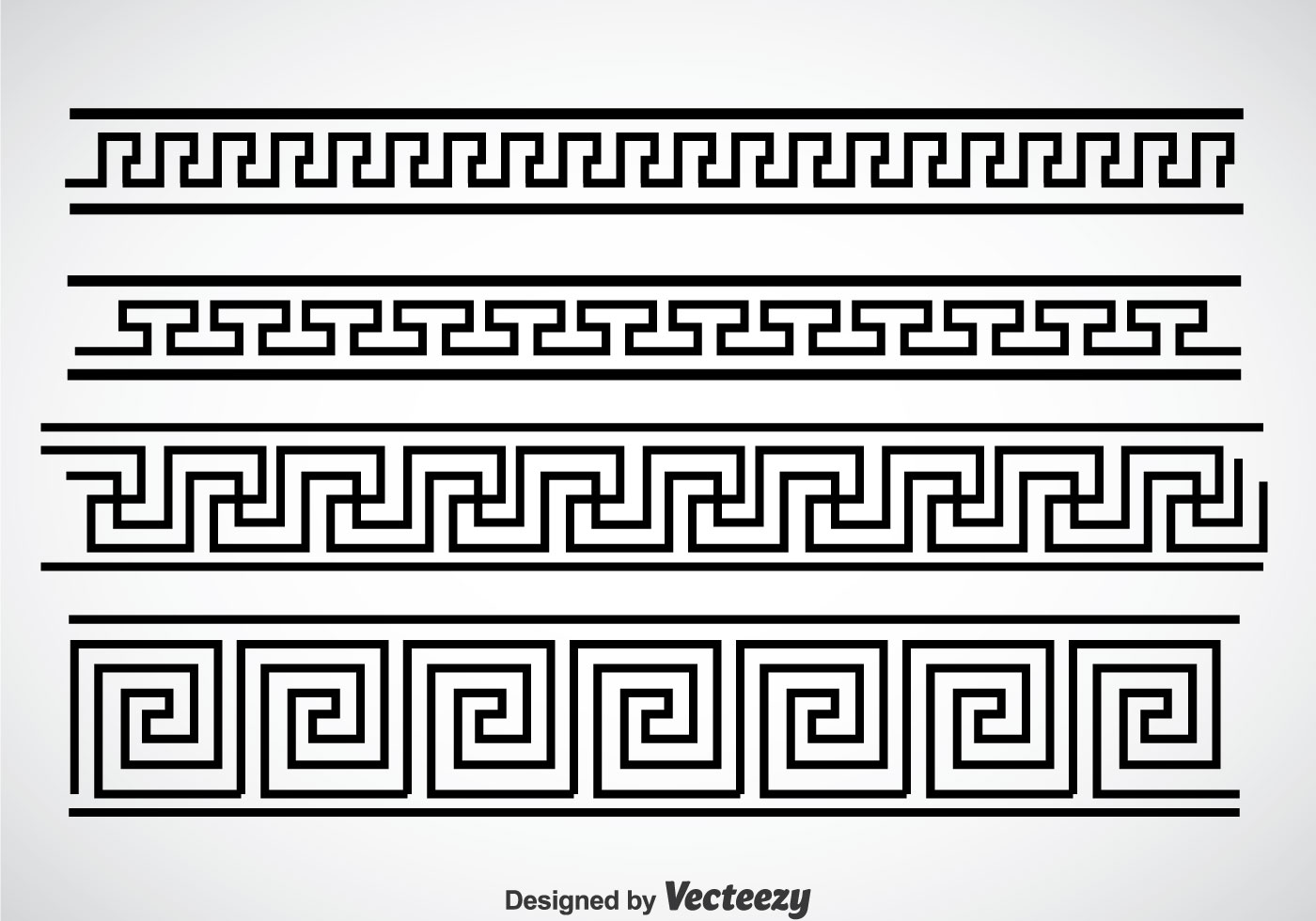Table Of Content
- Powerful Sacred Geometry Symbols for Tattoos & Why
- What Products Feature The Greek Key Symbol?
- The Greek Key Pattern has been around for centuries—and has yet to go out of style. Let’s discuss why, shall we?
- THE NEW GREEK AMERICANS 1960-2018
- Understanding The Contemporary Meaning Of The Greek Key Symbol
- Symbolic meaning of the Greek Key pattern

The greek key is a well-known symbol that has existed for thousands of years. It is revered for its simplistic geometric appearance but holds many significant meanings. Greek Key integrates into any style of home, be it traditional or modern.
Powerful Sacred Geometry Symbols for Tattoos & Why
Why Greek keys are thousands of years old and still in style - Style
Why Greek keys are thousands of years old and still in style.
Posted: Sat, 31 Mar 2018 07:00:00 GMT [source]
The terms Greek key, fret, and meander are all names for a decorative device employed on buildings and objects beginning in ancient Greece and continuing to modern times.[i] The device comes in a variety of forms. At its most basic, it is a band consisting of short horizontal and vertical fillets connected to each other at right angles. It has been called a Greek key because an individual section vaguely resembles a primitive key. The labeling of it as a meander results from its continuous back and forth progression, recalling the winding course of the Meander River in Asia Minor, now present-day Turkey.
What Products Feature The Greek Key Symbol?
The greek key symbol represents infinity or the eternal flow of things. The greek key symbol is one of the most recognizable and timeless symbols worldwide, and its various interpretations continue to captivate people. The greek key symbol is an ancient pattern that has been around for thousands of years.
The Greek Key Pattern has been around for centuries—and has yet to go out of style. Let’s discuss why, shall we?
She said she felt the black-and-white Greek key was more unexpected than its “overplayed” cousin, chevron. Countless and memorable Persian and Native American rugs—two cultures positioned nowhere near each other—weave the Meander pattern into rug edges and artwork to stunning effect. African Sona sand drawings (a visual language of the Chokwe people) have gobs in common with the Greek key. The motif is delicately carved into ancient Chinese bronze vessels as old as 2,000 BCE. In fact, the widespread use of the Greek Key motif on ancient Greek vases from the Geometric Period was probably the origin of the fascination with this unique, decorative pattern. The Romans incorporated the meander symbol into their architecture, including the colossal Temple of Jupiter—and later to the St. Peter’s Basilica.
Crossing Time and Space with the Meander
Built of luna marble and completed in 2 B.C., the temple was where the Roman Senate met to discuss waging war, and where the trophies of victory were brought as tributes to Mars. The temple was plundered for its materials beginning in the 5th century. The principal surviving elements are three columns of the south elevation. They support an intact section of architrave, the soffit of which is decorated with panels enriched with bands of the complex Greek meander. Because of its location in the heart of Rome, this example of the motif was the principal one known to the Renaissance architects.
The design is found on furniture, textiles and various architectural elements. The Greek Key design symbolizes eternity and portrays this with a continuous, repeating motif. James Stuart and Nicholas Revett introduced us to the subtle beauties of ancient Greek architecture with their profusely illustrated three volumes of The Antiquities of Athens (published respectively in 1762, 1789 & 1795). Among the ruins they covered was the Tower of the Winds, a small octagonal structure in Athens’ Roman Agora. The tower served as the inspiration for the 1785 Temple of the Winds, a jewel-like banqueting house designed by Stuart for Mount Stewart, the Northern Ireland estate of John Stewart, future Marquess of Londonderry. The mantel in the temple’s main room is richly decorated with neoclassical ornaments, including a complex Greek meander band below the frieze.
Understanding The Contemporary Meaning Of The Greek Key Symbol
The Meander-style labyrinth at Chartres Cathedral in France, one of the world’s best-known labyrinths, which dates back to 1205, was the perfect place for a monk to meditate. As a sign of continuation, the meander symbol corresponds with never-ending friendship, love and devotion. Examples of the Greek Key have been discovered from Etruscan, Ancient Greek, Ancient Roman, Byzantine, Mayan, Chinese and Egyptian cultures.
Also referred to as a “Greek Fret” or “Greek Key pattern,” the meander symbol was named after the Meander River in present-day Turkey, mimicking its many twists and turns. It is similar to squared waves, featuring straight lines connected and at right angles to each other in T, L, or cornered G shapes. Whether you choose to incorporate the Greek Key pattern into your home decor or your personal style, it is sure to make a lasting impression. Its enduring legacy is a testament to its beauty and significance, reminding us of the rich history and spirit of ancient Greece. Another way to incorporate the pattern into your design is by using it as a wallpaper or wall decal.
There are endless ways to create a modern and timeless look based on the classical thought. Their heyday was cut short by World War II, after which higher density apartment buildings became the preferred model. As with all of Wright’s textile block residences, the Ennis House featured a custom designed pattern.

This ensures that the raw ends of the twill tape will be securely tucked inside the folded fabric on the edge and there wont’ be any raw twill tape edges exposed on the finished drapery panel. Knowing its depth of meaning and widespread use, it is no surprise that the greek key symbol has remained a timeless and universally beloved design element. The greek key symbol represents unity and the interconnectedness of all things. It was used to symbolize the eternal flow of life and death, as well as the rhythm of the universe.
The symbol has various meanings, including infinity, unity, and the eternal flow of life, reflecting the never-ending journey and interconnectedness of all things. The Greek key symbol originated in ancient Greece and has been used as a decorative element in architecture, pottery, and textiles. Livinator is an online magazine sharing the most inspiring finds from the world of interior design, art, garden, architecture and lifestyle.
Because of its elemental simplicity, it lends itself beautifully to contemporary uses in furnishings—from textile and rug patterns to metal bases and wood inlays. The Greek key border provides contrast on draperies, pillows, and bedding. It brings a fresh, stylish sensibility to any interior; there’s a reason why it’s stood the test of time.

No comments:
Post a Comment